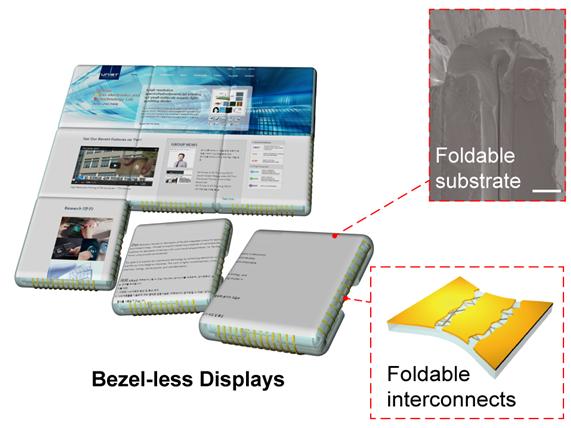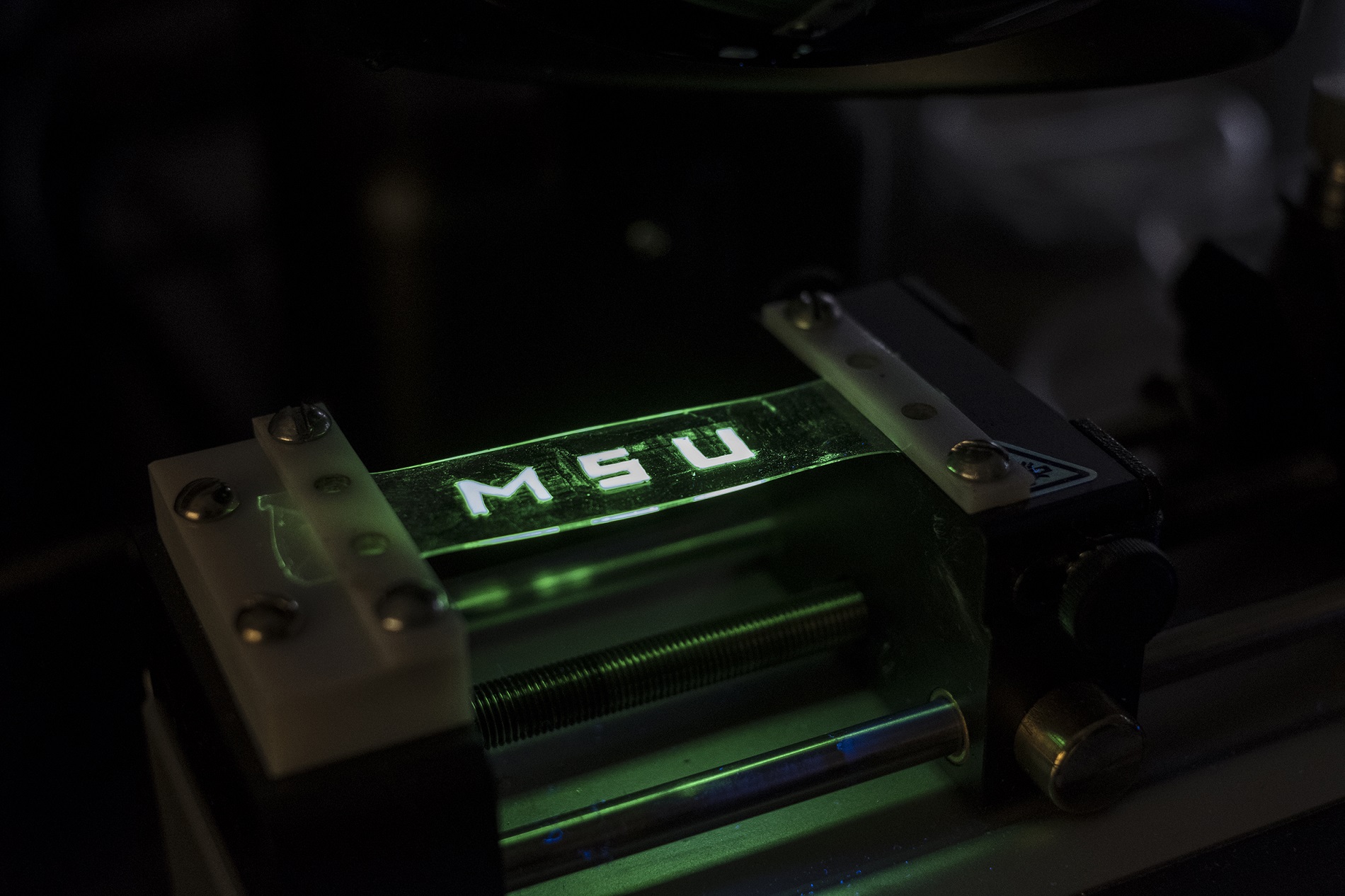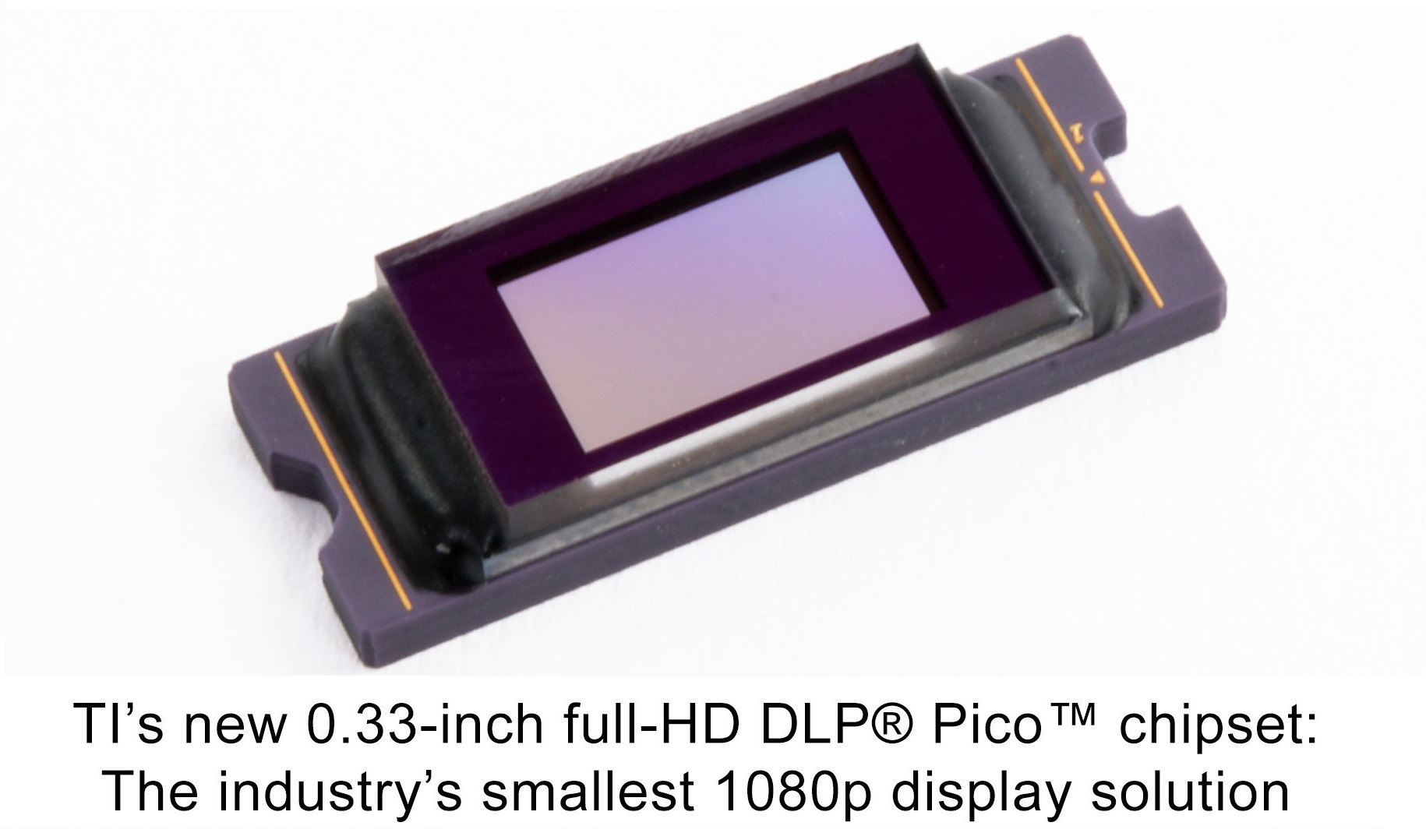May 12, 2016
Joo Hyeon Heo
Foldable electronics has emerged as a key technology for realizing next-generation portable displays and wearable electronics. Although extensive efforts have been devoted towards realizing foldable electronics, it has been difficult to overcome challenges such as high stress and fatigue in the foldable area, until now.
A new study by a team of researchers, affiliated with UNIST has announced that they have succeeded in developing new display technology which visually eliminates the display bezel.
This breakthrough comes from a research, led by Prof. Jang-Ung Park and Prof. Ju-Young Kim of Materials Science and Engineering at UNIST. The results of the study have been appeared in the May 14th issue of the journal, Nanoscale.
In the study, the team suggested an unconventional approach to fabricate integrated transistor arrays with high performances using reversibly foldable, origami substrates and highly conductive, stretchable interconnects based on the hybrid structure of thin metal layers and metallic nanowire networks.
The researchers report that these foldable substrates not only show a perfect and reversible folding-unfolding performance, but also stable electricity conductor that can withstand repetitive folding-unfolding while maintaining embedded electronic functions.
Mijung Kim (Master’s Degree, School of Materials Science and Engineering), the lead of the study states, “Materials used for current portable displays and wearable electronics demonstrate high performance electrically, but at the same time they also lack stretchability.” She adds, “Our study makes up for such weakness.”
The bezel-less displays, proposed by Prof. Park and Prof. Kim of Materials Science and Engineering at UNIST show an excellent electrical performance despite having their outer edges folded back.
Jihun Park (Combined MS/PhD, School of Materials Science and Engineering), co-lead author of the study says, “Folding back the outer edges of the display backside not only saves space, but also enables production of large-area displays (LAD) that doesn’t obstruct one’s view.” He continues, “This technique can be applied to production of both mosaic displays and foldable electronics.”
According to Prof. Park, “These results using the foldable substrates provide insights into innovative device geometries and suggest the future promise of foldable electronics.” Currently, the bazel-less display-related patent has already been registered with the Korean Intellectual Property Office and is waiting for international patent approvals.
Journal Reference
Mijung Kim, Jihun Park, Sangyoon Ji, Sung-Ho Shin, So-Yun Kim, Young-Cheon Kim, Ju-Young Kim, and Jang-Ung Park. “Fully-integrated, Bezel-less Transistor Arrays Using Reversibly Foldable Interconnects and Stretchable Origami Substrates”, Nanoscale, 2016, 8.













